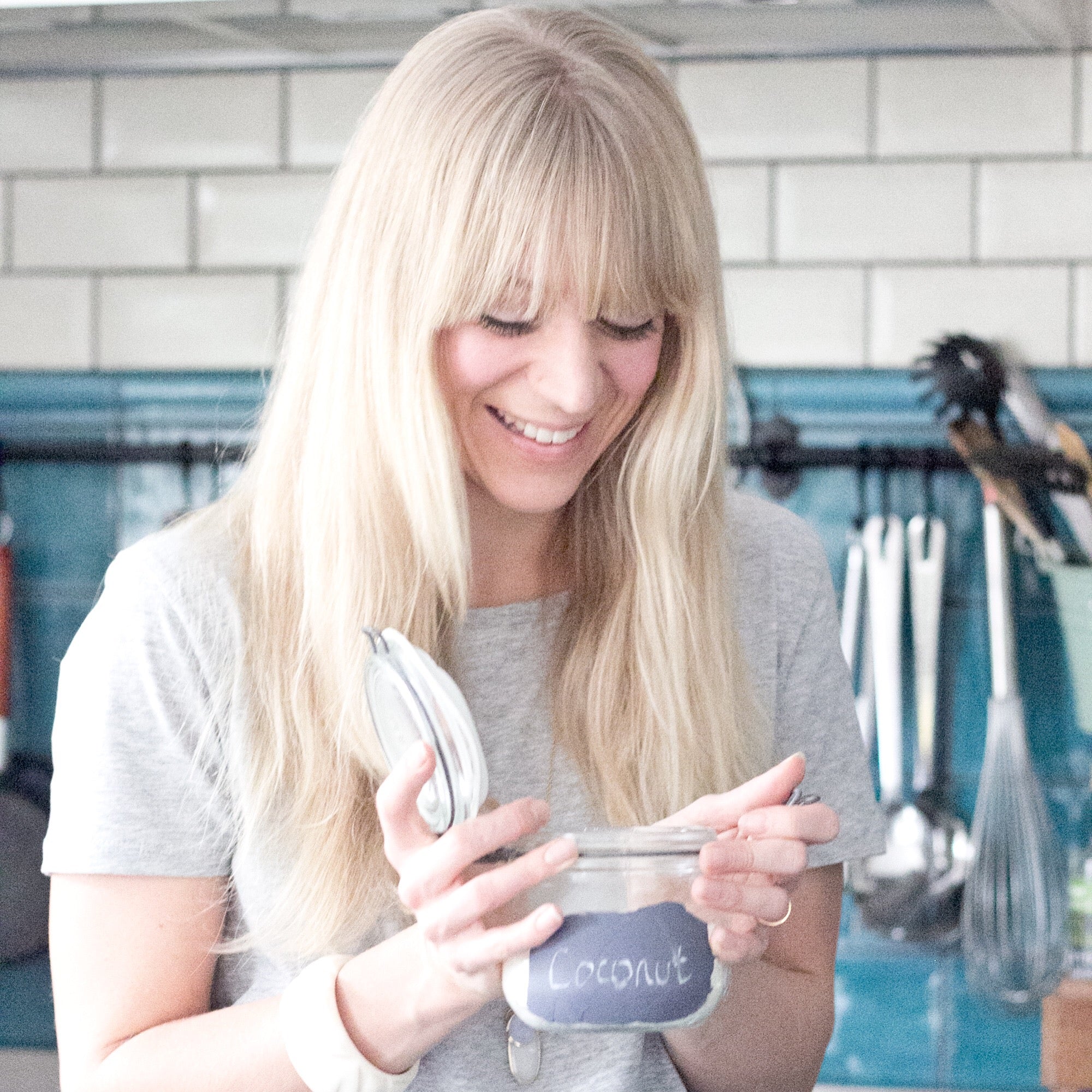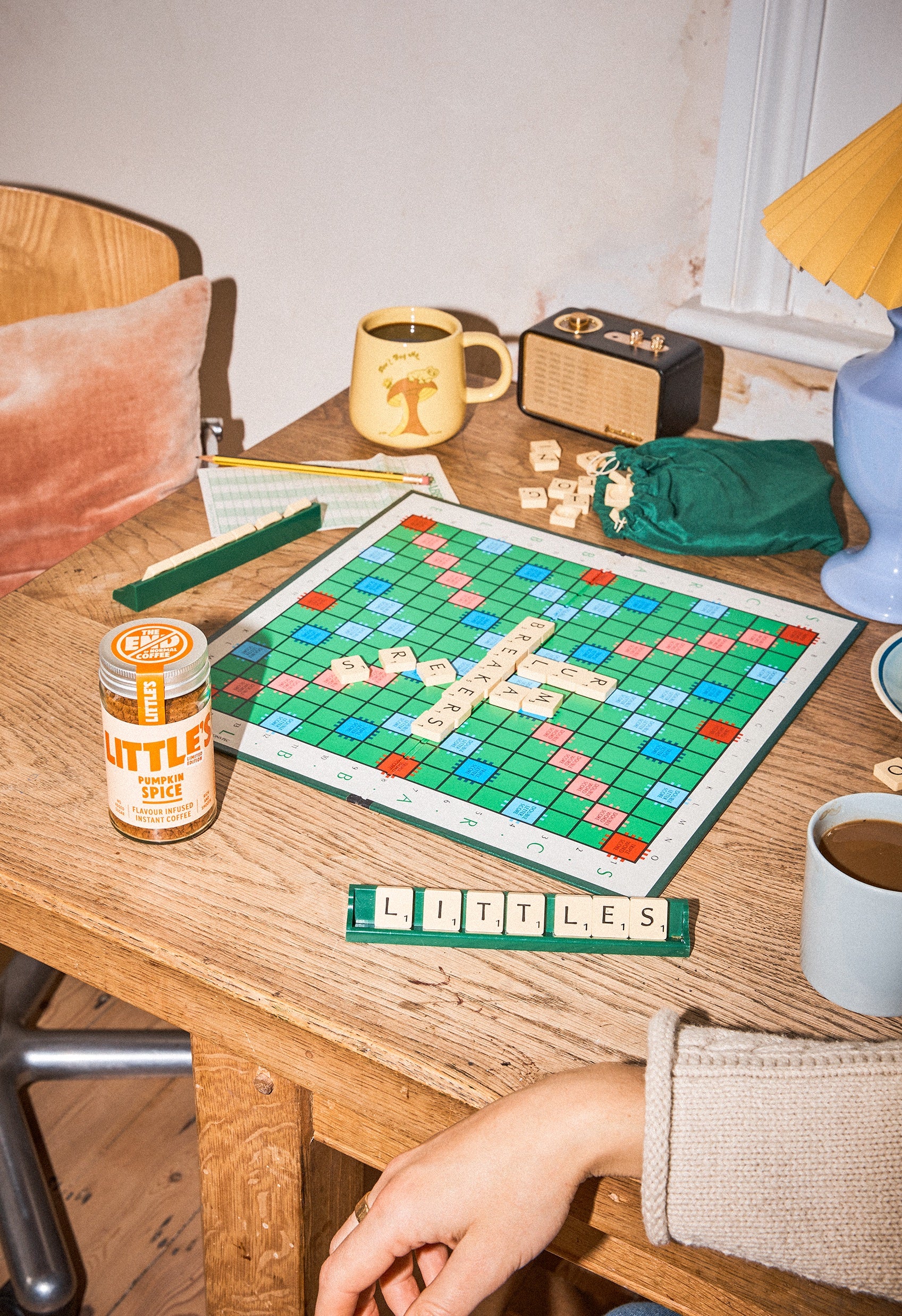We have enlisted the help of Nutritional Therapist and yoga teacher Libby Limon to help us learn the truth about sugar in our very own #SugarFreeChallenge. In this article, Libby gives her top tips for how to reduce sugar intake.
BY LIBBY LIMON
Sugar is now diet enemy number one, but we are pre-programmed to love the stuff. Unfortunately, we know that it causes us not only to gain weight but also contributes to a multitude of health issues from diabetes to heart disease[1]. Government advisory bodies are urging us to take action to reduce our consumption, as on average we consume two to three times the recommended intake from free sugars and only 13% of the adult population manage to consume below the upper ‘safe’ limit and frighteningly only fewer than 5% in children[2].
Whilst these facts and figures are scary, they often don’t filter down into motivation and action. However, reducing sugar consumption from a holistic nutritional perspective can have profound and almost instant effects on how you feel including more energy, better skin, sounder sleep, lower stress levels and an overall feeling of vibrancy. That’s not to say it’s easy to break the habit; free or refined sugars are added to everything from ready meals, to soft drinks, sweets, chocolates, breakfast cereals, even savoury breads and condiments. But at here Little’s Coffee, we want to be part of the solution and help you rather than hinder you.
WHY IS SUGAR BAD FOR YOU?
Sugar is a molecule which is easily absorbed by our bodies, being quickly and efficiently converted into energy. If we have a high need for energy, i.e. you are running a marathon, sugar is needed to keep up with demand. However, the problem arises when we consume quick-release sugary food when the energy isn’t being used.
GLUCOSE VS FRUCTOSE
The two main types of simple sugars in our diet, fructose and glucose.
Glucose is blood sugar. If it is consumed in high levels it raises our blood sugar levels to beyond the body’s comfort zone, stimulating the release of a hormone called insulin, that tells the body to take the extra sugar into storage. Overuse of this mechanism is where many of the health issues arise from. Once in storage, the excess sugar will eventually be turned into and stored as fat. Too much insulin can lead to reduced insulin sensitivity, this means you need to produce more and more insulin, which in turn causes diabetes[3] to develop and inflammation in the body. In everyday life it can make us feel stressed, anxious and be the culprit behind the dreaded post-lunch slump.
Fructose is naturally found in most fruits and vegetables (including sugar cane) and many ‘alternative’ sweeteners such as honey, corn syrup, agave nectar, maple syrup.
Many believe that fructose is a healthier way to consume sugar but unfortunately this really isn’t true, in fact it can be very harmful to us. Fructose naturally is within whole fruits with fibre, which limits our levels of consumption. However, when the fibre is taken away fructose, free sugar can have very damaging effects. It does not raise blood sugar but must be processed directly in the liver. As a result, excessive consumption of free fructose has been strongly linked to non-alcoholic liver disease[4]. Studies suggest that it leads to added fat in the belly, and inflammation, which is linked to an increased risk for heart disease and diabetes.
SUGARS IN BEVERAGES
Beverages are one place where we consume high levels of sugar without noticing, but this is also an area where we could easily reduce our intake. Everything from soda to fruit juice to Starbucks-style coffees are major culprits. It is believed that our hunger mechanisms do not register the calories from diluted sugars. Think about eating 8 oranges, this is almost impossible, but the equivalent in juice, just one glass would be easy to drink. This means that often we can consume extra hundreds or even thousands of calories of sugar without even registering it.
TOP TIPS
So, let’s break the sugar habit together. Here are Little’s Coffee and Libby Limon’s top tips to reduce your sugar load.
- Trick your body with things that are ‘sweet’ but don’t contain sugar at all. Think spices such as vanilla, or nuts such as almonds and coconut. Why not try our Island Coconut Infused Instant Coffee or French Vanilla Infused Instant Coffee?
- Other nutrients are key for helping us manage our sugar and insulin levels including Magnesium, B Vitamins and Chromium
- Do a sugar elimination for 3 weeks to reset your taste buds. The more sugar and artificial sweeteners you consume, the more your taste buds develop a ‘sweet tooth’. If you cut out sugar for a while, you will find that your sugar tolerance levels drop, and you won’t crave as much sugar as before.
- Lastly, don’t consume sugar on its own. Combining sugar with balanced meals of complex carbohydrates, lean proteins and healthy fats, helps slow absorption and helps keep your blood sugar balanced. So, the odd after-dinner dessert is fine but swap the 3pm chocolate bar for a Swiss Chocolate Infused Coffee instead.
We hope these tips help you on your #SugarFreeChallenge. Be sure to let us know what you’re doing by tagging us @wearelittles and @libbylimon. You can do it, folks!
[1] https://assets.publishing.service.gov.uk/government/uploads/system/uploads/attachment_data/file/445503/SACN_Carbohydrates_and_Health.pdf
[2] https://assets.publishing.service.gov.uk/government/uploads/system/uploads/attachment_data/file/690475/NDNS_survey_results_from_years_7_and_8_of_the_rolling_programme.pdf

